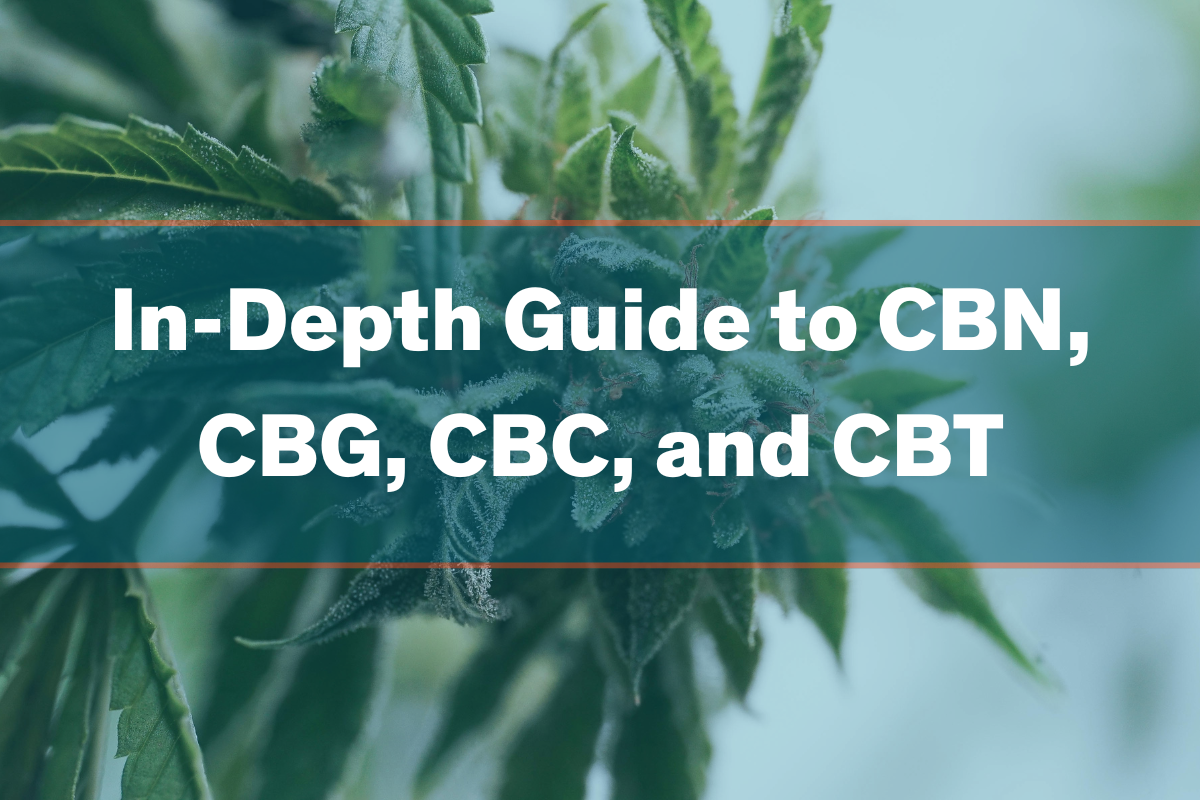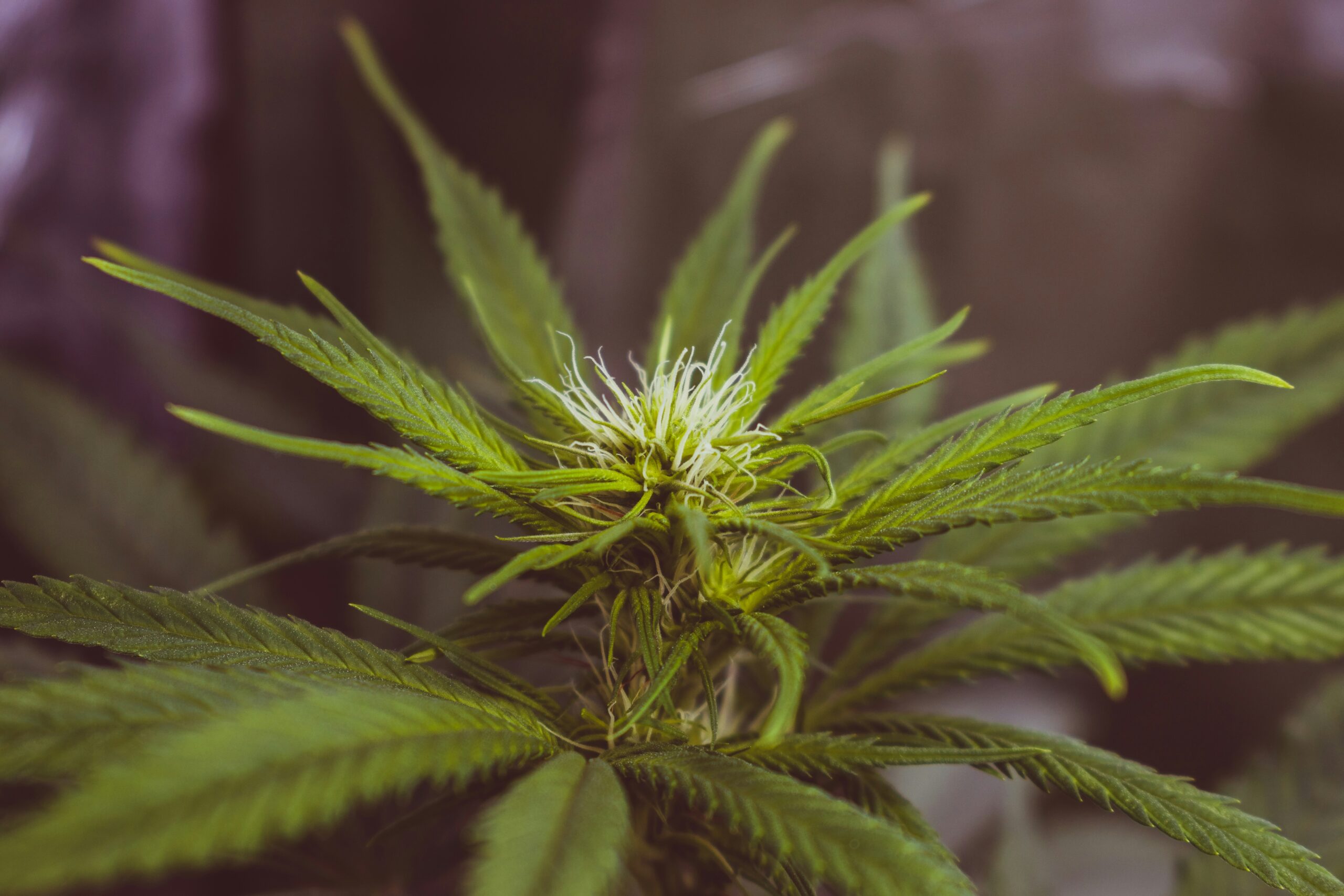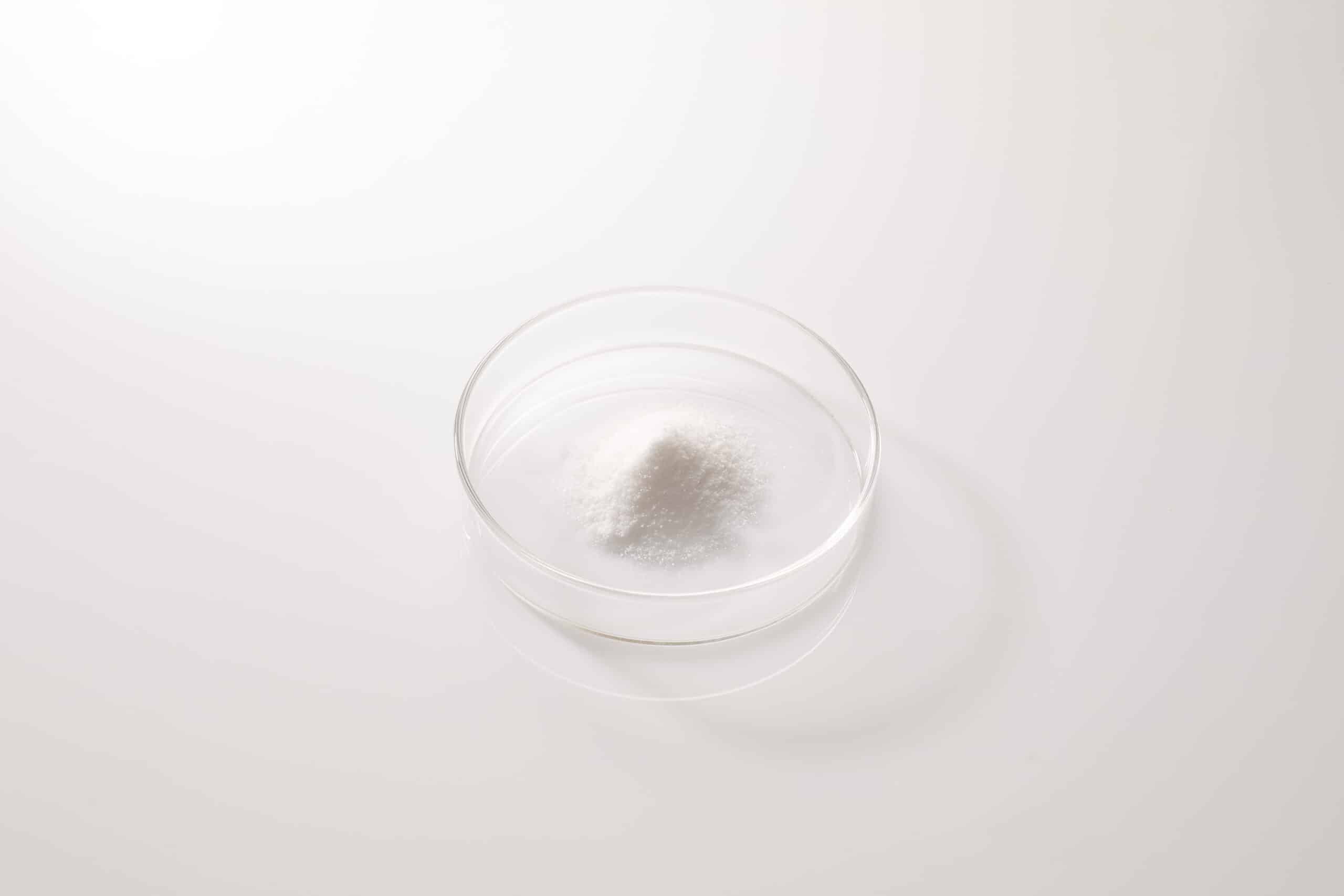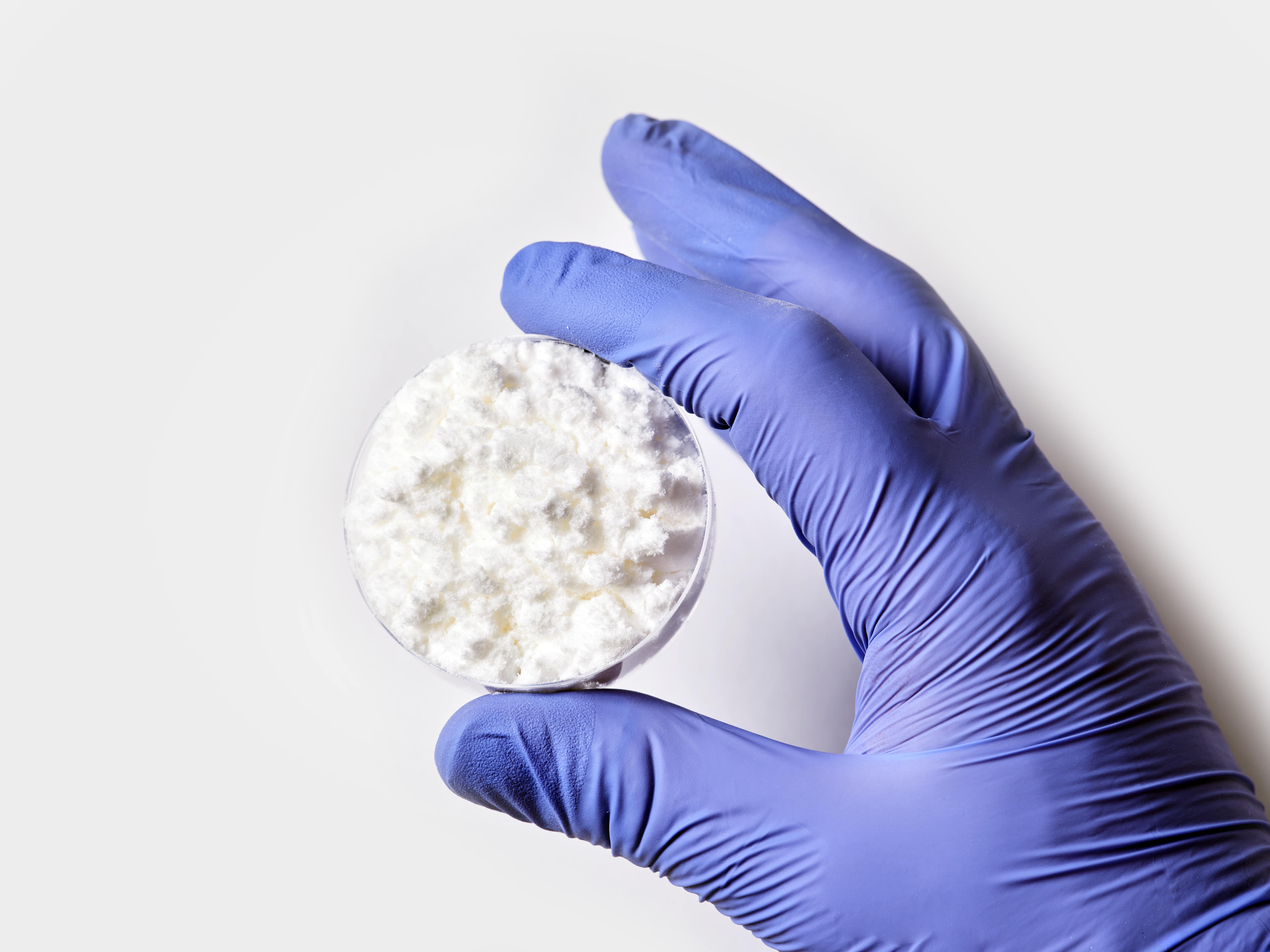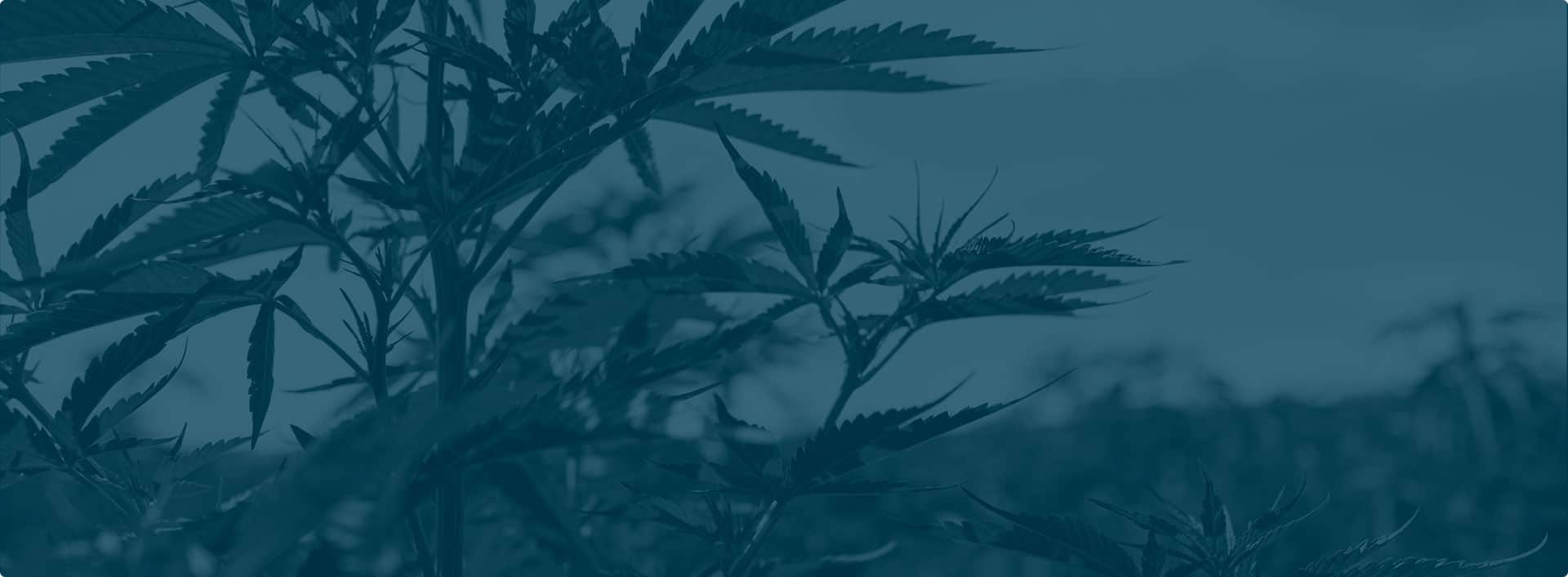There are many ways to take CBD. Two administration methods, though, have become more popular than all the rest: oral ingestion and topical application.
This pair of approaches to using CBD are vastly different, but they’re also more similar than they might seem at first. In this guide, we’ll uncover the differences between oral and topical CBD administration, examining everything from product types to proper dosage and safety.
CBD usage methods: An overview
– CBD (cannabidiol) is a lipid compound unique to Cannabis sativa
– On its own, CBD-rich hemp flower extract offers little absorption either orally or topically
– Orally, CBD extract is usually accompanied by a carrier oil
– Topically, CBD extract is mixed into either oil-based or water-based formulations
– Other methods of ingesting exist, but oral and topical administration remain the most common
– Oral CBD administration offers diffused, body-wide benefits
– Topical CBD administration offers pinpoint effects in a target area
– The two administration methods are often used in tandem since they cover different ground
– There does not appear to be any scientific reason to not use oral and topical CBD together
Oral CBD
Most substances are taken orally. In this way, CBD is no different.
What sometimes takes shoppers by surprise, though, is the sheer number of ways you can take CBD orally. From tinctures to gummies to capsules, the options sometimes seem endless.
Taken orally, the effects of CBD aren’t as strong in specific areas. Instead, CBD disperses through your body, offering subtler but systemic effects. As internally ingested substances, the bulk of CBD safety concerns center around oral CBD products.
Products
The three main categories of orally ingested CBD products are tinctures (oils/drops), capsules (soft gels), and edibles (gummies, cookies, etc.). CBD can also be infused into tablets, mints, or even chewing gum, but these product categories are not as popular.
There is vast product variation within the oral CBD market. You’ll find the same to be true, though, of the topical CBD industry.
Effectiveness
Oral CBD products have excellent overall effectiveness but low effectiveness at specific pain points. Despite being filtered out by the digestive system, CBD is relatively effective at uptaking into your bloodstream. Effects are dispersed relatively equally throughout the central and peripheral nervous systems.
Activation time
Orally ingested CBD generally takes around 30 minutes to reach peak effectiveness. Activation can be accelerated somewhat by allowing oral CBD products to remain in the mouth prior to swallowing, called sublingual administration.
Effect duration
The effects of orally ingested CBD last for around 2-3 hours, which is somewhat dependent on the dose. Oral CBD rarely provides effects lasting more than four hours regardless of the dosage used.
Area of effect
CBD affects most areas of the body roughly equally when ingested orally. As with all substances, though, increased blood flow leads to higher deposits of CBD in organs like the brain, heart, and liver. The effects of oral CBD might be felt stronger mentally, therefore, than they are physically.
Product quality
While it’s a priority in all CBD products, safety and quality are an even greater concern in internal CBD products. Oral ingestion can make incredible demands of the body — in the case of toxic substances or contaminants, the body is forced to contend with something that can harm it. Establishing safety with lab reports and proper production procedures is tantamount for oral CBD products.
Safety
In studies¹, oral CBD has been determined to remain safe in doses of 1500mg per day or more. It appears that oral CBD is at least comparable in safety to many alternative treatments and may, in fact, boast a higher safety profile.
Oral CBD can present safety concerns when used in conjunction with other substances². Cannabinoids do not cause negative interactions among themselves, but CBD can interfere with drugs accompanied by “grapefruit warnings” — consult with a doctor before using CBD if you are currently using any medications.
Topical CBD
CBD is unusually popular as a topical ingredient. Prior to the advent of topical CBD products, in fact, administering natural substances via the skin wasn’t seen as being so widely viable. CBD has helped refocus the entire natural health industry on topicals, and it has become the star ingredient of many products that previously featured alternative substances.
It’s now common to find CBD right alongside arnica, capsaicin, menthol, and other ingredients that have been the staples of the natural topical industry since its inception. In many cases, CBD has displaced products featuring these suddenly antiquated ingredients, incentivizing brands to adopt the ingredient out of self-defense.
Products
Topical CBD products can generally be divided into oil-based and water-based formulations. Water-based CBD topicals offer better absorption times and rates, but they are finicky to formulate and can be susceptible to fungal contamination.
Oil-based topicals, on the other hand, are naturally antimicrobial and are comparatively simple to develop. Adding CBD to oil-based topical blends is generally a straightforward process that does not require all the delicate balancing and testing necessary with water-based CBD topicals.
Examples of water-based CBD topicals are:
– Lotions
– Creams
– Serums
Examples of oil-based CBD topicals are:
– Balms
– Salves
– Rubs
Effectiveness
A well-formulated CBD topical can be highly effective in the area of administration. CBD topicals do not have widespread effects, however, even when effective transdermal absorption is achieved. Effects remain localized, which can be recognized as a highly useful benefit when viewed reasonably.
Activation time
Water-based CBD topicals generally activate within 1-5 minutes. Oil-based CBD topicals take longer to activate, and they have reduced overall activation. They generally reach peak effectiveness after around 10-15 minutes.
Effect duration
CBD topicals have widely varying durations of effectivity. If allowed to remain on the skin, oil-based topicals can sometimes offer effects that last 6-12 hours. Water-based CBD topicals, however, generally fully absorb and dissipate within 3-5 hours or so.
Area of effect
CBD topicals are very different from oral CBD products in that they only affect a limited, specific area.
Product quality
In CBD topicals, quality is mainly a determiner of effectiveness rather than a defense against contamination. CBD topicals are just as prone to contamination as oral CBD products, but contaminants generally exert less toxicity topically since they are not internally ingested. A topical containing CBD will not be effective, though, unless it is formulated expertly — usually entailing an extensive R&D process unless existing expertise is utilized.
Safety
CBD inherently presents reduced safety concerns when applied topically versus internally. In topicals, though, CBD is rarely alone as an active ingredient — be aware of potential allergies to substances included in tandem with CBD in topical formulations.
Oral vs. topical CBD
To better understand the differences between oral and topical CBD formulations, let’s compare them side by side:
Potency
Under conventional considerations, oral CBD products would naturally be considered the most potent. Topical CBD may offer greater experienced potency, however, for some purposes due to its area-specific effects. The general absorption rate of oral CBD has been established scientifically, but the rate of absorption of topical CBD has not³, making the two categories difficult to compare based on the data alone.
Product variation
Oral CBD is divided into a wider range of categories covering a greater breadth of product sub-types — tinctures, gummies, capsules, etcetera. Topical CBD exhibits variation, though, in the dichotomy between oil-based and water-based formulations. Albeit in different ways, the two categories are roughly equally variated.
Application
The application methods used for oral and topical CBD are too different to be directly compared. Furthermore, these two product types are not even used for the same purposes: Oral CBD is designed to offer a systemic effect while topical CBD is designed to offer its effects locally.
Dosage
Dosage considerations for oral and topical CBD are very different. With oral CBD, daily doses between 50-200mg are considered to be normal. Safe doses of topical CBD have not been established, but topical CBD is usually offered in lower doses overall. An average dose of CBD cream might contain as little as 5mg CBD while oral CBD is usually ingested in doses of at least 20mg.
Oral CBD & topical CBD pros and cons
As we start wrapping up, let’s summarize our previous findings in a simplified list of pros and cons:
Oral CBD pros
– System-wide effects
– Well-tolerated in most users
– Relatively fast onset when sublingually administered
– Many different product types
Oral CBD cons
– Not excellent for targeting specific areas
– CBD tinctures can be messy
– Oral CBD always takes at least a little while to kick in
Topical CBD pros
– Excellent localized effects
– Water-based and oil-based topicals to choose from
– Very rapid onset, especially with water-based formulations
– Less risk of drug interaction
Topical CBD cons
– No system-wide effects
– Vast differences between products require shopper education
– Some CBD topical formulations are simply poorly made
Topical vs. oral CBD: The bottom line
When putting together a product line, it’s most important to recognize that oral and topical CBD products usually complement each other. The two product types are not mutually exclusive and, in fact, fill each other’s gaps in many significant ways.
Oral CBD products, for instance, make up for the lack of body-wide effects which is one of the major detractors of topical CBD. On the flip side, topical CBD products provide greater CBD uptake in specific areas, much to the relief of shoppers who did not experience the desired results with oral CBD alone.
The synergy between oral and topical CBD products mirrors the synergy found in the cannabis plant itself. Cannabinoids and other components of Cannabis sativa appear nearly designed to interact positively with each other — a theme of cooperation that expresses itself unexpectedly in many corners of the cannabis world.
Comprehensive cannabinoid product lines feature the full complement of product types a shopper is likely to desire. A single cannabinoid product cannot do it all on its own. Combined, though, oral and topical CBD products can provide for nearly all of the needs of an average cannabinoid shopper.
Users of CBD simply ask themselves: Do I want to experience CBD in a particular place, throughout my body, or both? More often than not, the answer ends up being “both.”
Sources
1. Larsen, C. P., & Shahinas, J. (2020d). Dosage, Efficacy and Safety of Cannabidiol Administration in Adults: A Systematic Review of Human Trials. Journal of Clinical Medicine Research, 12(3), 129–141. https://doi.org/10.14740/jocmr4090
2. Balachandran, P., ElSohly, M. A., & Hill, K. D. (2021b). Cannabidiol Interactions with Medications, Illicit Substances, and Alcohol: a Comprehensive Review. Journal of General Internal Medicine, 36(7), 2074–2084. https://doi.org/10.1007/s11606-020-06504-8
3. Millar, S. A., Stone, N., Yates, A. S., & O’Sullivan, S. E. (2018). A Systematic Review on the Pharmacokinetics of Cannabidiol in Humans. Frontiers in Pharmacology, 9. https://doi.org/10.3389/fphar.2018.01365


